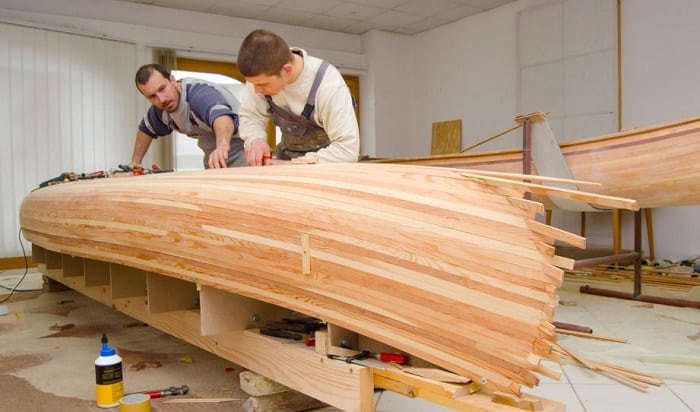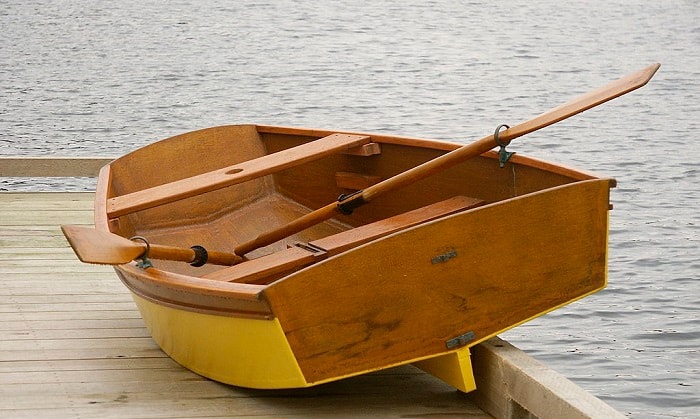
Beyond the Blueprint: Unveiling Hidden Potential in Small Boat Fishing Plans
Building your own fishing boat is a rewarding challenge, blending craftsmanship with the thrill of the open water. While countless plans exist for small boats and skiffs, many overlook crucial aspects beyond the basic hull design. This review delves into often-overlooked factors, offering fresh perspectives for hobbyists, builders, and educators alike.
Question 1: Beyond the Hull: How Can We Optimize for Specific Fishing Styles?
Most plans focus on a generic “fishing boat†design. But what about specialization? Consider your target species and preferred fishing style. Are you targeting inshore flats fishing, deep-sea trolling, or something else?
Answer: Tailoring the Design
A flats boat demands stability and shallow draft, possibly incorporating features like a poling platform. Deep-sea designs need robust construction, potentially incorporating a self-bailing cockpit and stronger hull sections. Consider these points:
- Rod Holders: Integrated, rather than after-market additions, offer cleaner lines and better ergonomics.
- Livewells: Properly sized and insulated livewells are crucial, especially for live bait fishing. Placement should be carefully considered for weight distribution.
- Storage: Think beyond simple compartments. Specialized storage for tackle, nets, and other gear can dramatically improve fishing efficiency.
For example, integrating a casting deck into a bay boat design enhances the functionality significantly, moving beyond a simple layout found in common plans. Consider researching specific boat types used in your target environment to gain valuable insights.
Question 2: Sustainable Materials and Construction: What are the Emerging Trends?
Traditional materials like wood and fiberglass still dominate, but the industry is evolving. Environmental concerns and advancements in materials science are pushing the boundaries of boat building.
Answer: Exploring Alternatives
Consider using sustainably sourced timber, like bamboo or reclaimed wood, reducing your environmental footprint. Research the use of recycled plastics in composite construction â€" this offers strength and durability with less environmental impact. Moreover, explore alternative joining techniques such as epoxy bonding, which can reduce reliance on traditional fasteners, enhancing the structural integrity and reducing weight. A small, lightweight boat can improve fuel economy, reduce maintenance and increase maneuverability.
Question 3: The Unsung Hero: Ergonomics and User Experience
Many plans focus solely on aesthetics and performance, neglecting the importance of the user’s experience. A well-designed boat should be comfortable, intuitive, and safe.
Answer: Prioritizing the User
Think about seating arrangements, access to controls, and visibility. Are the controls easily accessible while standing or sitting? Is there sufficient space for movement? A well-placed footrest can make all the difference during a long day of fishing. Consider the inclusion of features like grab rails for stability and comfortable seating options to reduce fatigue. Focus on ease of access to crucial fishing equipmentâ€"imagine the ease of reaching your tackle box or bait bucket without straining.
Real-World Example: The "Resilient Skiff"
One builder, inspired by traditional designs and modern materials, created a small skiff using recycled plastic composite and reclaimed wood for the decking. This "Resilient Skiff" not only boasts impressive durability but also demonstrates a commitment to sustainability. The integrated rod holders, cleverly designed livewell, and ergonomic seating resulted in a highly functional and eco-conscious vesselâ€"a testament to creative boat building. Its success underlines the possibility of combining traditional craft with modern materials and innovative design.
Ultimately, building your own fishing boat requires careful planning and a keen eye for detail. By focusing on optimization for specific fishing styles, embracing sustainable materials, and prioritizing user experience, you can create a vessel that's not just functional, but truly exceptional.








